The cocktail sour has a fascinating history that dates back centuries. It is believed to have originated in British naval tradition during the 18th century, where sailors mixed citrus juices with rum or brandy to prevent scurvy. In the early 19th century, the sour gained popularity in the United States, with iconic variations like the Whiskey Sour emerging. The classic recipe typically combines whiskey, lemon juice, and sugar.
As the cocktail culture evolved, mixologists experimented with different spirits, flavorings, and sweeteners to create new sour variations. Today, non-alcoholic versions of the sour have become increasingly popular. Non-alcoholic sours often use fresh citrus juices like lemon, lime, or grapefruit for the tartness. Sweeteners like simple syrup or agave nectar are added to balance the acidity. Non-alcoholic bitters or botanical extracts can enhance the flavor complexity.
For non-alcoholic versions of the sour, the typical ingredients include fresh citrus juices (such as lemon, lime, or grapefruit), sweeteners (such as simple syrup or agave nectar), and optional non-alcoholic bitters or botanical extracts. These ingredients combine to create a refreshing and tangy flavor profile, perfect for those looking for non-alcoholic alternatives to enjoy the classic cocktail sour experience.





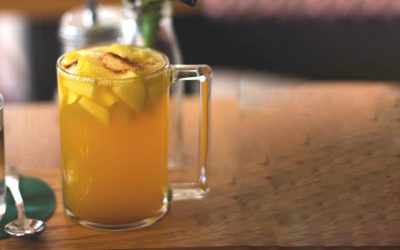



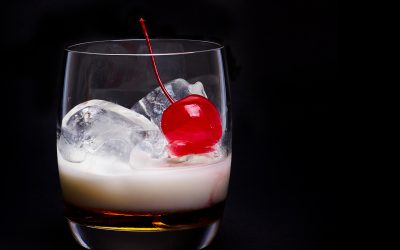
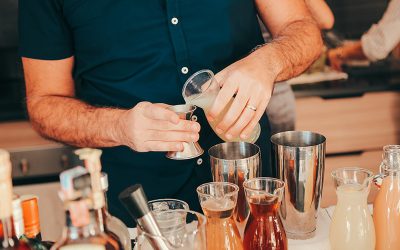
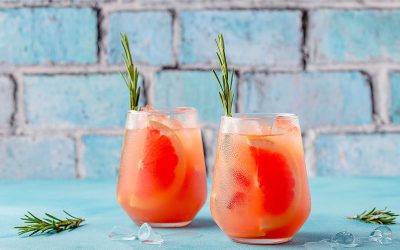

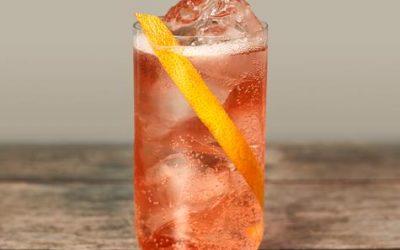
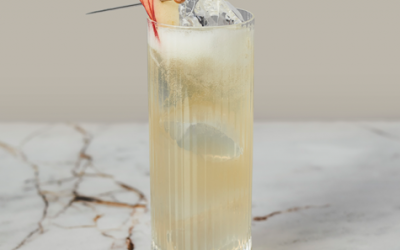
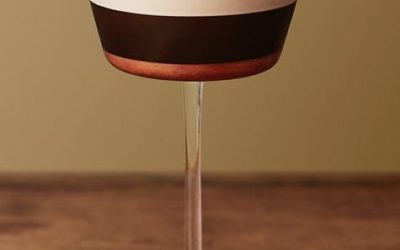

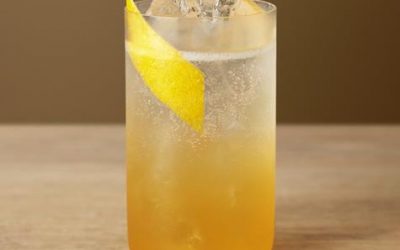

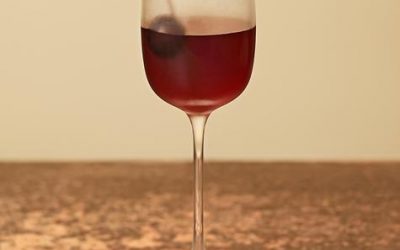

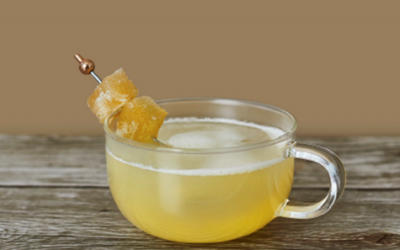
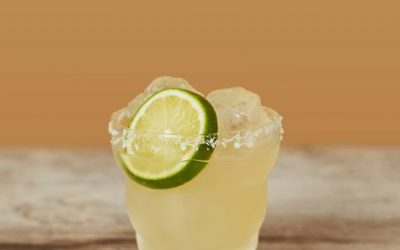

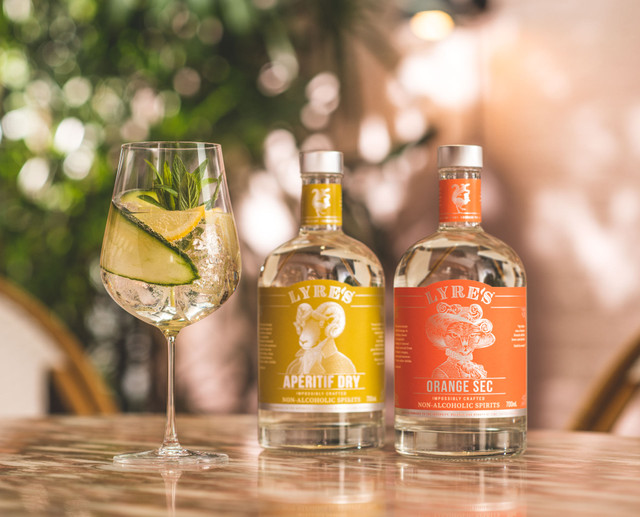
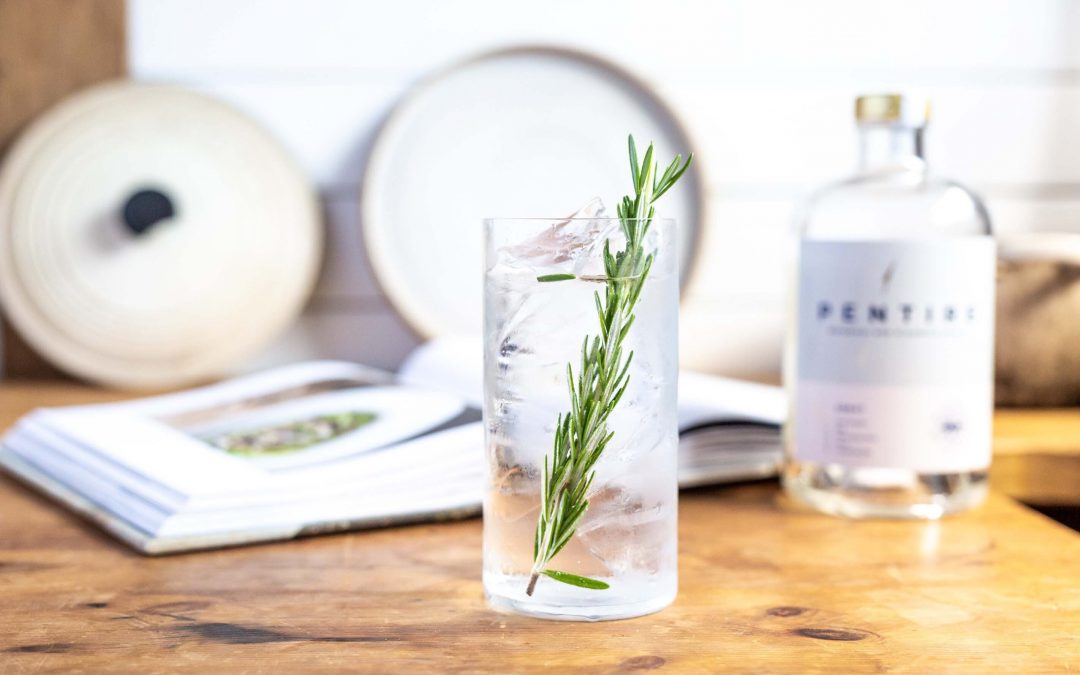
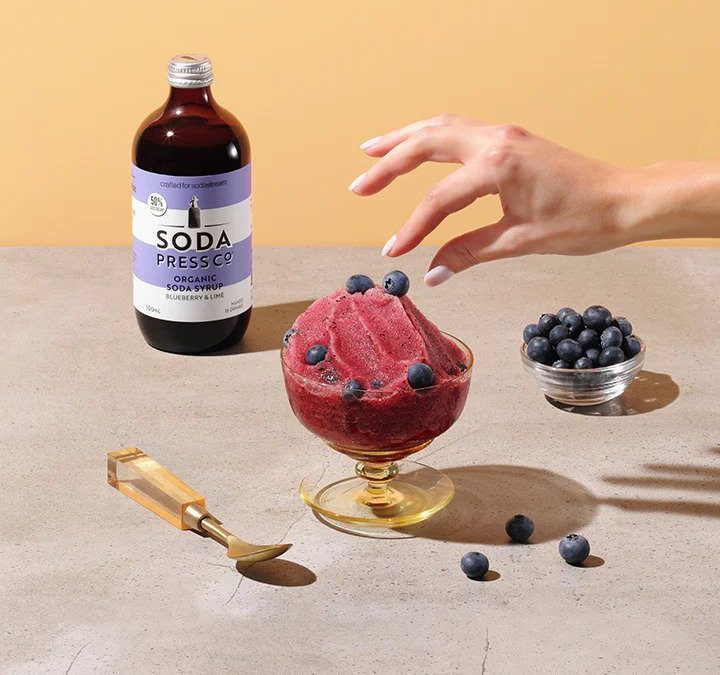
0 Comments